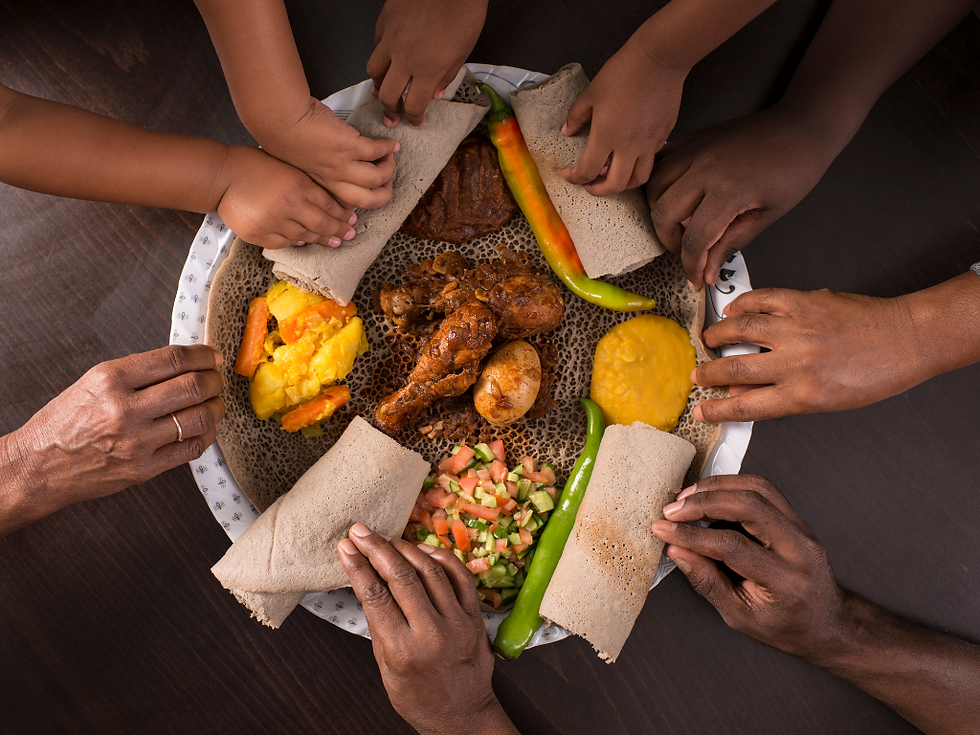From Village Roots to Global Plates: Making Nutrition Accessible, One Story at a Time
- By Dr. Tatyana El-Kour

- Apr 30
- 1 min read

In a quiet village in Brazil, Maria sells her cassava to a government program that feeds local
schoolchildren. In India, a frontline worker logs into a mobile app to track childhood growth in real time. And in Kenya, a mother receives a text about infant feeding—just in time to make lunch.
Each story reflects a global truth: nutrition becomes accessible and affordable when communities are empowered, and systems are connected.
At the April 2025 Academy of Nutrition and Dietetics Public Health and Community Nutrition Dietetic Practice Group Virtual Conference, I had the honor of presenting “Transforming Global Learnings into Accessible, Affordable Nutrition Solutions.” The session explored real-world successes—from Brazil’s Zero Hunger program and India’s Food Security Act to Kenya’s mNutrition platform and regenerative agriculture in South Asia.
Here’s what these stories taught us:
Policy matters: Programs like Bolsa Família and India’s grain subsidies prove that
targeted support reduces hunger and boosts economic growth.
Technology is a game-changer: Mobile tools, facial recognition for food programs, and
blockchain for aid distribution are streamlining access and reducing waste.
Community leadership is essential: Initiatives rooted in local voices—like Ecuador’s
community food systems—build resilience and cultural relevance.
Sustainability pays off: Smart irrigation and regenerative practices lower food costs and
protect future food security.
For Registered Dietitian Nutritionists (RDNs) and Dietetic Technicians Registered (DTRs),
global insights are not abstract—they are actionable tools. Whether it is tracking outcomes,
engaging stakeholders, or advocating for policy, we each have a role in transforming access to healthy food.
Let us take inspiration from the field and turn it into action—because every community deserves a seat at the nutrition table.




Comments